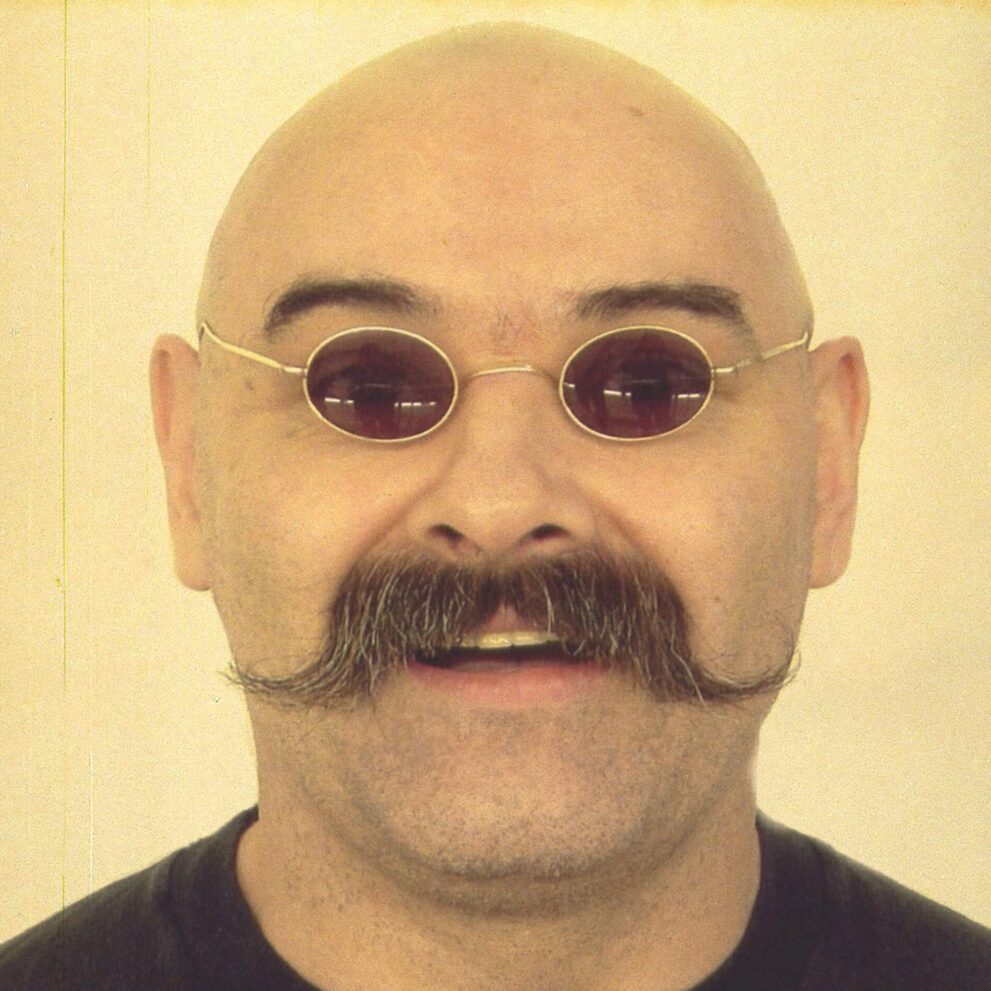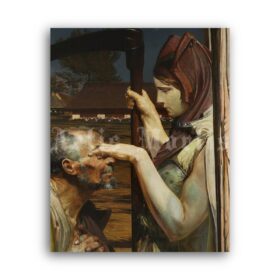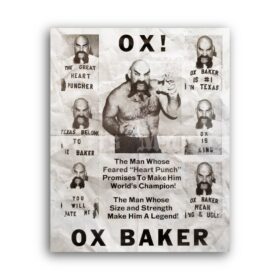Charles Bronson is often regarded as the most notorious inmate in Britain, having spent almost five decades incarcerated. He physically assaulted prison guards, fellow inmates, and even a specialized SWAT unit that was formed just to control him. Furthermore, he had a penchant for seizing hostages – to the extent that even the warden assumed this position. A movie was made featuring Tom Hardy, with him as the main character.
However, Bronson’s frenetic behavior is not a constant state. During his adolescent years, he would occasionally engage in physical altercations, but now he generates income by selling his artwork.
Michael Gordon Peterson, also known as Charles Salvador and Charles Bronson, was born in the United Kingdom on December 6, 1952. During his boyhood, Michael had exemplary behavior: he shown diligence in his studies, maintained cordial interactions with his neighbors, and cultivated numerous friendships. Upon reaching the age of 20, the individual commenced engaging in physical altercations, developed muscular strength, and showcased their skills in the circus. Subsequently, at the age of 22, they experienced their initial encounter with incarceration due to committing armed robbery.
Charles received a 7-year sentence, and his article included provisions for early release. However, Bronson experienced a unique allure in prison that brought purpose to his life. Charles says that the harshness associated with areas of incarceration contributed to his personal growth and resilience.
“I Fear No One, Violence Just Makes Me Madder And Stronger” Bronson said.
Charles described himself and rationalized his erratic behavior with these words: starting in 1974, he was relocated to over 120 different prisons. Bronson assaulted both guards and detainees, seizing 11 individuals as hostages and inflicting damages amounting to £500,000.
In 1978, Charles was transferred to Broadmoor, the highest level of security psychiatric institution in Britain, specifically designed for mentally ill individuals who had committed crimes. However, even in that situation, Bronson persisted in expressing intense anger. He engaged in physical altercations with the guard, vehemently asserting that he was not mentally unstable. Furthermore, he claimed that he was being subjected to ridicule and administered mind-altering medications. Charles also claimed that he was subjected to physical abuse. As a form of protest, he frequently sought refuge on the roof. In an attempt to retrieve Charles, the guards endured the usual suffering they constantly experience: fractured bones and injured faces.
Bronson successfully evaded capture and reached the rooftop on three separate occasions, resulting in a financial burden of 750,000 euros for the authorities each time. Charles attracted the close attention of journalists from the beginning of his mischievous behavior, which also served as a source of motivation for him due to his popularity. Bronson proceeded to conduct comparable demonstrations in five distinct correctional facilities. His most renowned feat was when he doused himself in oil and assaulted the guards while completely nude. Only a specialized SWAT unit was able to overpower him, although they also incurred significant harm in the process.
“I have visited a greater number of rooftops than Santa Claus,” Charles asserted.
In 1987, Bronson was freed from prison after serving thirteen years, surpassing the originally mandated seven-year sentence. However, the situation did not conclude at that point. After being released, Michael participated in illicit hand-to-hand combat and formally adopted a new identity – Charles Bronson, as a tribute to the actor from the film “Death Wish”.
After being released, Bronson was arrested again sixty-nine days later for attempted robbery. He was then sentenced to three years in prison. Shortly after his release, three weeks later, he was once again incarcerated, this time for planning a fresh heist and being in possession of firearms.
During the trial, Charles seized a prison librarian and made specific demands for a cup of tea, an inflatable doll, and a helicopter. However, he promptly released the hostage. This significantly expedited the legal proceedings: Bronson was sentenced to an additional eight years.
In the subsequent time, Charles maintained his routine activities, which included holding several others as hostages: a cellmate, two Iranians, a doctor, his own lawyer, the deputy warden, and even the warden. However, Bronson received a life sentence only after he held an art teacher hostage for criticizing his artwork. Charles fortified himself by using furniture, freezers, and a forcibly removed washing machine to create a barricade. He then engaged in a physical altercation with the guards for a duration of 44 hours until ultimately submitting and surrendering.
The film “Bronson” was released in 2009, with Tom Hardy in the lead role. In order to immerse himself in the character, Hardy paid a visit to Charles and subsequently described him as an affable, benevolent, and empathetic individual. Tom also had a liking for Bronson. As a gesture of appreciation and thanks for being portrayed in the film, Bronson shaved his mustache and sent it to Hardy for use in the filming.
Currently, Charles Bronson, who is already in his 70s, has spent more than 30 years behind, accumulating a total of nearly 50 years behind bars. There is a movement in Great Britain called “Free Charles Salvador (Bronson)” which claims that Charles has spent more time in prison than the most dangerous individuals who commit murder. Despite the extreme violence, Bronson refrained from taking any lives, and he has now embarked on a fresh chapter, vowing to abstain from any more acts of robbery. However, despite efforts such as actions, appeals, and protests, Charles remained unable to attain freedom because to the significant financial burden he posed to the British state.






